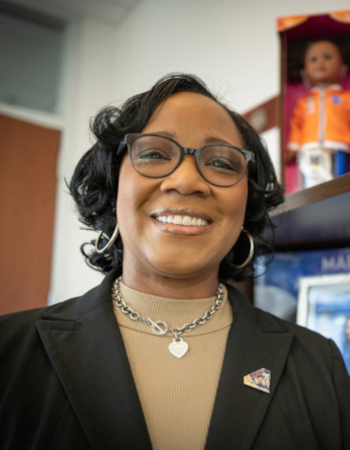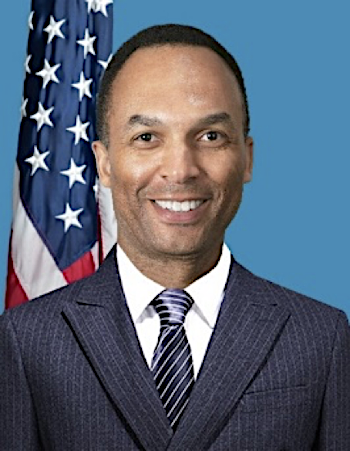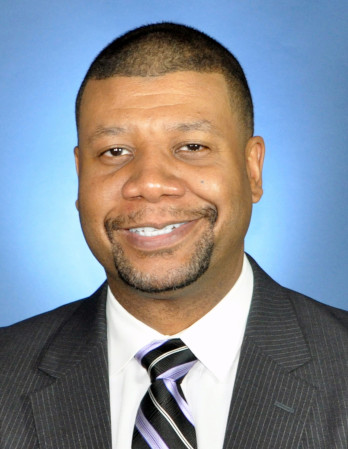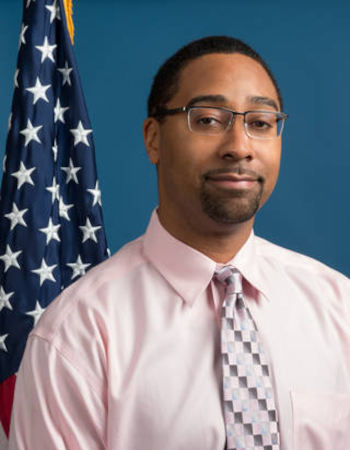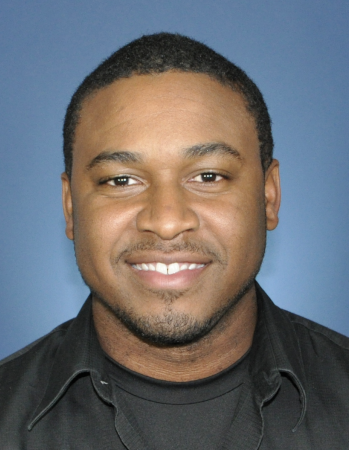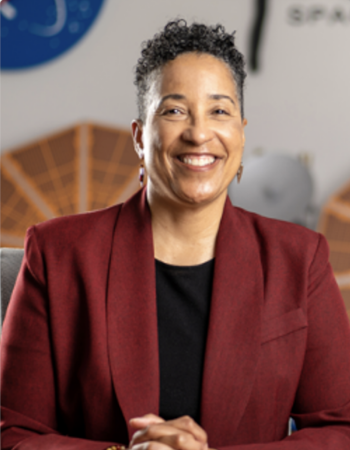Donya Douglas-Bradshaw
Background:
Ms. Douglas-Bradshaw first attended Rutgers University in New Jersey, where she majored in mechanical engineering. "I did not see people who looked like me in science or engineering," she said. She ultimately earned a degree in mechanical engineering from the University of Maryland at College Park in 1994.
Life at Goddard:
Ms. Douglas-Bradshaw earned a one-year internship at NASA's Wallops Flight Facility in Virginia. Afterward, she was offered a co-op position at Goddard and also served as the project manager for the ATLAS instrument that flies aboard NASA’s ICESat-2 satellite. Ms. Douglas-Bradshaw is currently the project manager of the Lucy mission, which will be first mission to study the Trojan asteroids. She is responsible for ensuring accuracy of the technical details, budget, and schedule for the mission. Over her 30 years of work at Goddard, Douglas-Bradshaw has grown to place a high value on mentorship. She advocates for kids and has served on county and state groups for underrepresented youths. She advises students to advocate for themselves, but acknowledged, "In life and along your career path, you need people with authority to guide you."
